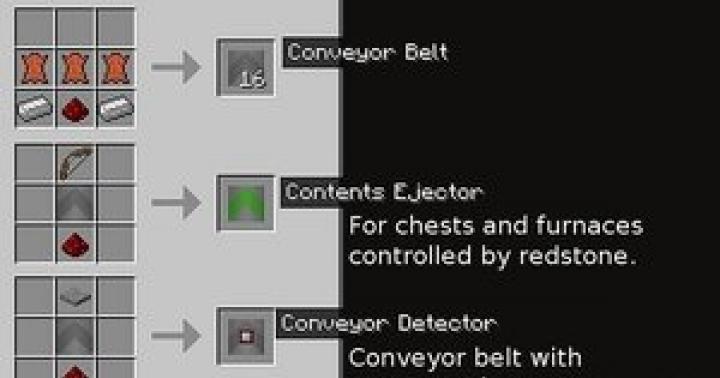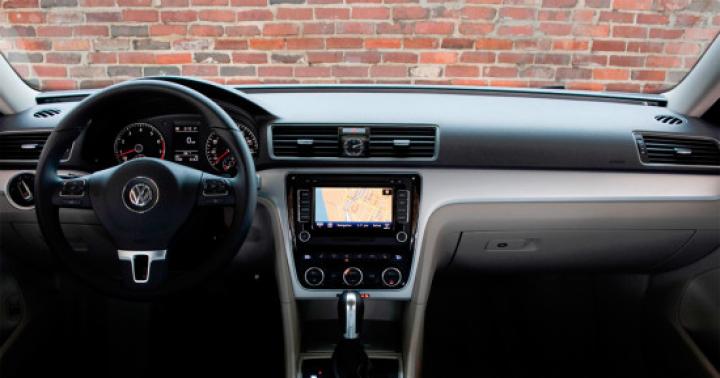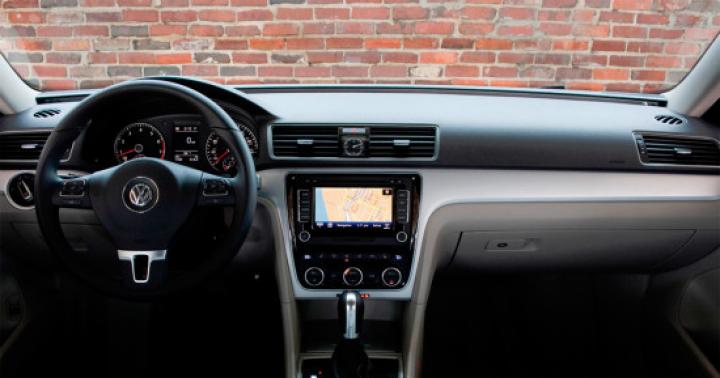The Minecraft game is quite interesting for both children of different ages and adults. The peak of its popularity has already passed, but the game still has a large player base. It consists of both players who have seen the first versions of the project, and newcomers who have recently decided to have some fun in the online world. Information about crafting a piston will be useful primarily to the second group of players.
Block mechanisms
Varieties
The game has many basic mechanics. Some are used to restrict passage:
- doors (wooden, iron);
- hatches (wooden, iron);
- gates (there are only wooden ones).
This group has several important features. Firstly, they can be opened by any player if they are not located on privatized territory. This depends on the server rules and is regulated programmatically. Secondly, doors are not a guarantee of safety, since monsters can easily break them. Thirdly, the hatch, like any other block, does not allow liquid to pass through, even though its virtual model has holes.
From this video you will learn about the mechanisms in Minecraft.
Other devices are useful for creating complex systems:
- the lamp creates an area of illumination when activated;
- the music block plays music - the notes played can be customized;
- the dispenser performs actions with the objects in it - it uses functional ones, and simply throws away the rest;
- the ejector throws out all items regardless of their functionality;
- pistons are divided into two types: sticky pistons return the block during reverse movement, and ordinary ones simply push them together;
- a loading funnel is needed to collect and redistribute items;
- electric rails significantly speed up the trolley.
The role of the power source and conductor is played by the red stone:
- red torch serves as the most common source, which is turned off when another signal arrives to it;
- red block more expensive to produce, but has several advantages:
- not disabled by other sources;
- does not wash off with water;
- can be moved with a sticky or regular piston.
- the red wire is similar to electrical wires in electrical networks, but only transfers charge to 15 cells;
- The repeater performs several functions:
- you can create an infinitely long chain by placing repeaters every 15 blocks;
- use as an insulating element - a repeater, in comparison with the red wire, receives and transmits a signal only from the input and output, respectively;
- it is possible to set a delay of 0.1 to 0.4 seconds, which is useful in some cases;
- The comparator compares the signals and determines how full the container is.
How to make an elevator from pistons.
All switches can serve as charge sources:
- lever arm can be installed on any hard surface and is a source of constant signal;
- buttons create a one-time signal when pressed:
- stone ones are activated only by pressing the player;
- wooden ones emit a charge when hit by an arrow;
- All buttons can be washed off with water.
- pressure plates work in a similar way:
- stone ones can only be activated under the weight of a player or monster;
- wooden ones react to all objects;
- weighted ones correlate the signal strength depending on the number of objects and entities; they can be made of two materials:
- gold;
- iron;
- tension sensor reacts to touch with the thread;
- chest trap is the source of the signal when it is open;
- pressure rails emit a signal at the moment when a trolley passes over them;
- daylight sensor reacts to natural light - it is important that it only works if there are exclusively blocks of air or glass above it.
This variety provides a wide range of functionality.

How to use them
All the simplest mechanisms can be used on their own. Let's say that doors and hatches will cope with their function quite well. The lamps can be passively powered and remain on all the time. Dispenser - simply throw away things placed in it manually.
But why use them in this way when complex and more advanced mechanisms can be built? No one can break the piston door. Thanks to the daylight sensor, the lighting will work exclusively at night. The distributor will shoot monsters when they appear or give the player the necessary automatically sorted resources.
Making pistons
We extract resources
To create each piston unit The following tools and resources are needed:
- 4 cobblestone blocks: can be mined using any pickaxe;
- 3 blocks of planks: created from wood blocks; wood can be obtained with any axe;
- one iron ingot: iron ore can be mined with a stone pickaxe; for remelting you will need a furnace and any fuel - you can use leftover wood;
- one unit of red stone: it is most often found at the greatest depths of the world; an iron pickaxe or better is required for mining;
- unit of slime: needed only for crafting a sticky piston; can be obtained while hunting slugs;
- workbench: required directly for crafting.
If the number of required pistons is known in advance, then the required amount of resources should be prepared in advance. This will save time and make the gaming experience more enjoyable.
The video will tell you about the coolest mechanisms in Minecraft.
How to craft
To create a piston, you need not only to accumulate a certain amount of resources, but also to correctly distribute them on the workbench. It's good that this block has an easy-to-remember layout that you won't need to look for again. You just need to follow this procedure once:
- Place boards in the top three cells.
- Place the iron ingot exactly in the center of the table.
- The cell below the central one is reserved for a red stone.
- The rest of the space should be occupied by cobblestones.
- When the input field is filled in, a miniature of the piston will appear in the output cell. Just drag the object into your inventory.
When an ordinary piston is ready, you can get a sticky variation from it:
- Place one ball of slime in the center.
- Place a regular piston under it.
- Move the result to your inventory.
Everything is very simple!

Creation of mechanisms
Sticky pistons can be used to create many useful mechanisms. The simplest but most functional of them is an automatic swing door. It's very easy to do:
- Build 2 sticky pistons posts that are the same height as the desired door size. Between them there should be a free space of 4 cells. In this case, the sticky parts should be directed so that when the pistons are activated, this interval is reduced to 2 blocks.
- Cover the sticky part of each piston with any block that will act as a door.
- Power both pillars with two red torches.
- Place the repeaters so that they face the torch.
- Install activators - pressure plates - and connect them to the repeater input.
Automatic doors are ready!
Video
From this video you will learn how else you can use pistons in the game.
The piston is quite an interesting unit. They first started talking about it on the game forum. Then one of the Minecraft fans suggested introducing such an item, after which he himself developed it. The main task of the piston is to push objects in the game. Thus, it makes it possible to create various mechanisms.
The power of this device is very great. One small piston can push as many as 12 blocks. This item boasts unique properties and is made for ease of use.
This mechanism is started using a lever and a button, so no one will have any difficulty using it. In addition, they can have a certain effect on players. The piston is simply irreplaceable when designing various traps in Minecraft.
A distinctive feature of the mechanism is that it cannot move some things. For example, it is powerless against obsidian, which is the strongest material in the game. Also, stoves, chests and tablets are not affected by it.

With the help of one piston you can force the other to move if the latter is in a compressed state.
How to activate the piston?
Oddly enough, this item can be activated. For this purpose, red stone is used, which is also called redstone. Please note that such a stone cannot be crafted. It can only be mined in a mine, at a depth of up to 20 blocks.
There are currently two types of piston in the game:
- Ordinary;
- Sticky.
Let's first look at how to craft a regular pushing mechanism. To do this we will need several boards, cobblestones, an iron ingot and some red dust. As you can see, there are no rare materials in the list of ingredients - each of them is found quite often. Therefore, a piston can be crafted even by a player who has not had enough time to get used to the game.

Note that the player can use any boards, regardless of the type of wood. This greatly simplifies the process of obtaining a piston.
Now it's time to start designing the sticky pushing device. It is made in almost the same way as a conventional mechanism. Its strength is also 12 blocks. However, it has one very useful feature - it can return blocks to their place. Thus, such a piston can not only be activated, but also deactivated, returning everything to its original place. This greatly increases the number of mechanisms that can be created with it.
The piston does not have gravity, so you have the ability to keep sand or gravel in the air. It is these qualities that make this item so unique for players.
So, you can craft such an item using a piston and mucus. Just place everything on the workbench in the correct order and get the long-awaited item.
Crafting mechanisms in Minecraft are extremely varied. Working with a piston means it will push objects when activated. The piston first appeared in Minecraft in version Beta 1.7, but it was not conceived by Mojang, but by a forum user named Hippoplatimus.
Crafting a piston will not require significant costs to create, so its availability in farms is becoming more widespread. You can use a piston (more precisely, its retractable part) to stop the water; for example, to harvest crops from blocks, you can open the piston so that the pouring water washes away the crop from the ground. Using a piston is rational, for example, to kill mobs. To craft a piston, you need to fill the top row in the crafting window with boards, fill the remaining cells in the right and left columns with cobblestones, place an ingot in the middle of the window (technically, this will be the piston itself), and Place a red dust particle in the bottom cell of the middle column. The resulting mechanism is installed with the front (motor) part facing the player, and is activated by the red stone system.
Video guide:
no comments
The sticky piston is an improved version of the conventional block mechanism, which, compared to the standard version, attracts the nearby block with it. Thanks to the sticky piston, you can create a large number of mechanisms, such as a trap press for killing zombies.
In this article we will tell you what the operating principle is.

Finding the Resources You Need
To make a sticky piston you need to collect the following resources:

- Red dust mined in caves from red ore, for this you will need at least an iron pickaxe. It is also advisable to collect about 10 more pieces of red dust, since you will need it to create mechanisms from the sticky piston.
- iron ingot smelted from the ore of the same name. You can mine iron ore underground at a shallow depth; for this you will need at least a stone pickaxe and a smelting furnace.
- Cobblestone It is very easy to mine, just break the stone using any pickaxe.
- Boards crafted from wooden blocks, cut down using hands or an ax.
- Slime drops after killing small slugs. You can find slugs at night in swamp biomes; they look like a green, slightly transparent square of large and small sizes.
If you meet a large slug, then immediately attack it, after death it will split into smaller ones. By killing the smallest slug, you will get the slime you need. It is advisable to immediately stock up on mucus, since such mobs can not be found often.
Craft piston
Before how to create a sticky block you need to craft a simple piston. To do this, open the workbench and arrange the extracted resources in the following order:

After this, you will get a simple piston, which can also be used in mechanisms, but it will not be able to return the pushed blocks back.
To make a sticky piston Open the workbench again and place a simple plunger in the middle of the bottom row and the slime above it.

The sticky piston is ready, it looks almost the same, but with green goo on the extending part.
Finding the sticky piston
If you do not want craft sticky piston You can find it yourself.
To do this, go to the jungle, there you can find a stone temple.

In the basements of the temple there are traps made of pistons; if you approach the side, you can get it from the side by breaking it with your hand. There are up to three Sticky Pistons found in a single Jungle Temple.
Using a sticky plunger
Now you know, how to make a sticky piston in minecraft. To create a simple mechanism you will need a sticky piston and a red torch as power.
Just place two objects next to each other and the sticky plunger will start working.
As mentioned earlier, the sticky plunger is mainly used for traps, such as in the jungle temple.
But you can also use a sticky piston to make an automatic sliding door, or a block pusher beyond an impassable area in the sky.

There are a huge number of options for creating mechanisms, it all depends on your imagination and knowledge of physics in the game minecraft.
When I talked about how to make a mechanical house, I often mentioned the piston. The sailor is with you and now I’ll tell you how to make a sticky piston in minecraft.
The basis of the mechanisms in the game
Yes, the piston is the main mechanism in the game. Everything is based on it! Even if you take mods, you won’t be able to make any engine without a piston.
The piston can be regular and sticky. The normal one simply moves objects without returning them, while the sticky one returns them back. That is, after activating a regular item, it will be moved in the other direction, and after deactivation it will remain there, and the sticky one, in turn, will return the item.
Let's move on to crafting. In any case, we will have to make a regular piston. For it we need iron, red dust, four stones and three boards. We place boards in all upper slots. There is iron in the center, and red dust below. You need to put stones in all other slots.
For the sticky piston we will need to kill the slug. You need to look for it in the swamp. We need mucus. After you get it, we simply connect a regular piston and mucus.
Both of these items are activated using redstone (red dust), buttons and levers.
If I have not answered your questions, then I advise you to go to our forum and read other articles.



